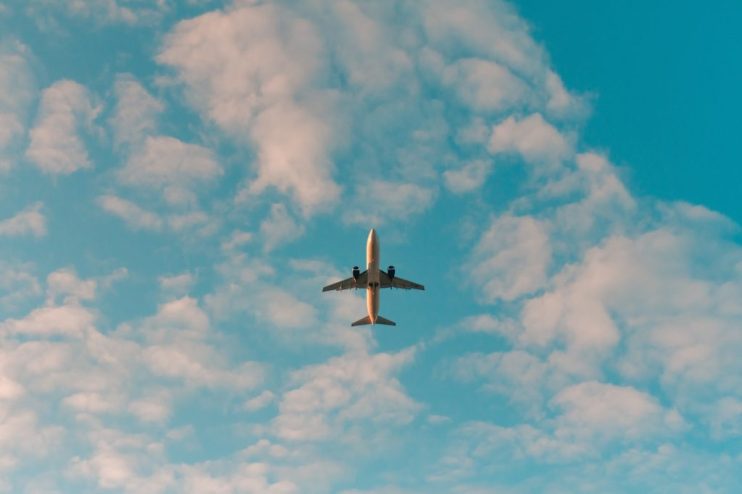Green aviation fuel production to increase 200 per cent by year-end

The production of sustainable aviation fuels is set to increase 200 per cent by the end of the year.
Estimates from the International Air Transport Association (IATA) forecast that green aviation fuel production could reach between 300 and 450 million litres.
This is up from the 100 million litres produced last year.
A byproduct of solid waste and food scraps, sustainable aviation fuels (SAFs) reduce emission by 80 per cent over their life cycle.
They are considered the main tool aviation has to become net-zero by 2050 as the development and adoption of greener alternatives such as hydrogen or electric planes remain a few decades away.
Nevertheless the industry is still lagging behind as, according to forecasts, around 450 billion litres will be required annually for aviation to decarbonise.
“There was at least triple the amount of SAF in the market in 2022 than in 2021,” said IATA’s director general Willie Walsh.
“And airlines used every drop, even at very high prices! If more was available, it would have been purchased.”
According to Walsh, governments should invest to ramp up green fuel production.
“Governments, who now share the same 2050 net zero goal, need to put in place comprehensive production incentives for SAF,” he added.
Trade body Airlines UK said in October that Britain’s green aviation fuel targets could be out of reach without government support.
The UK has invested £165m until now to develop five production plants by 2025, but those might not see the light of day without some further funding.
British Airlines and Airports have therefore called on ministers to introduce a set price for fuel production as well as establish a “contracts for difference” scheme.